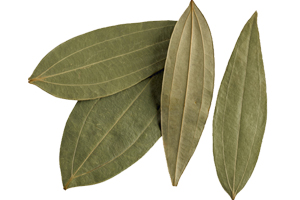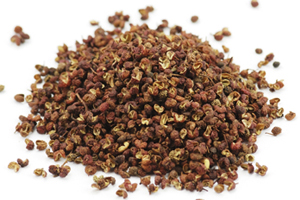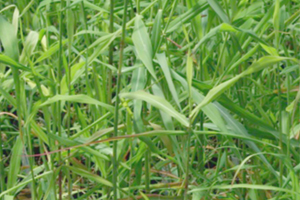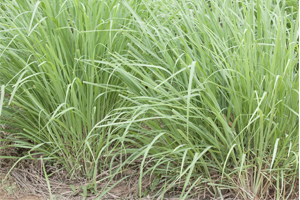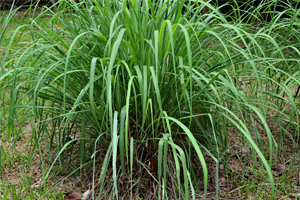Organic Soapberries

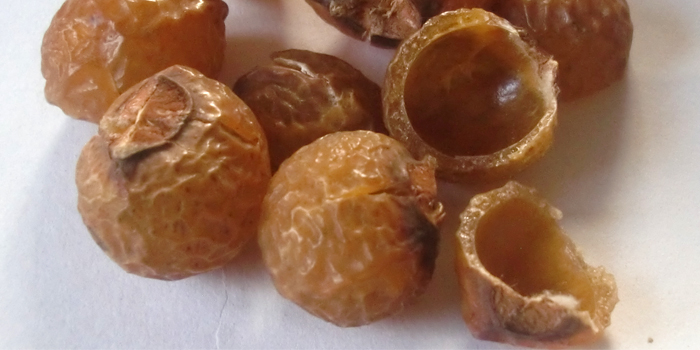
Organic Soapberries
| Botanical Name | Sapindus Mukrossi Gaertn. |
|---|---|
| Common Name | Soapberries, Soapnut, Soapnut shell |
| Family | Sapindaceae |
| Parts of used | Fruits, Berry |
| Distribution | tropical and sub-tropical areas of Nepal |
| Type of product | Wild crafted |
| Certification | USDA |
Plant Description:
Soapberry-Sapindus mukorossi is a fairly large, deciduous tree, usually up to 12 m in height, sometimes attaining a height of 20 m and a girth of 1.8 m, with a globose crown and rather fine leathery foliage. Bark dark to pale yellow, fairly smooth, with many vertical lines of lenticels and fine fissures exfoliating in irregular wood scales. Blaze 0.8-1.3 cm, hard, not fibrous, pale orange brown, brittle and granular. Leaves 30-50 cm long, alternate, pinnate; common petiole very narrowly bordered, glabrous; leaflets 5-10 pairs, opposite or alternate, 5-18 by 2.5-5 cm, lanceolate, acuminate, entire, glabrous, often slightly falcate or oblique; petioles 2-5 m long. Inflorescence a compound terminal panicle, 30 cm or more in length, with pubescent branches. Flowers about 5 mm across, polygamous, greenish white, subsessile, numerous, mostly bisexual. Sepals 5, each with a woolly scale on either side above the claw. Fruit a globose, fleshy, 1-seeded drupe, sometimes 2 drupels together, about 1.8-2.5 cm across. Seed 0.8-1.3 cm in diameter, globose, smooth, black, loose in dry fruit.
Product Descriptions:
Organic Soapberries-also known as organic Soapnuts, organic washing nuts, or organic Reetha–have been used to make organic washing reagent in Nepal and India since ages. This organic soapberries is a species of a tree under the Sapindaceae family. It is commonly grown around farmers’ homes in lower foothills and mid-hills of Nepal, at around the altitude of 1200-1600 meter. This deciduous plant is usually found in clay soil, grows up to a height of 20 m where annual rainfall is 150-200 cm.
Furthermore, organic soapberries are rich in saponin—which has foaming characteristics is a kind of biochemical usually found in peas, soybeans and some herbs. In addition, the foaming ability of saponin is caused by the combination of a fat-soluble sapogenin and a water-soluble sugar portion of this phytochemical.
Also, due to insect repellent behavior of saponin, no pesticides have to be used during the cultivation of soapberries.
Chemical constituents:
Soapberries saponin containing triterpenoid glycosides- sapindosides A, B, C, D and E and quercetin, kampferol, apigenin and rutin. Mukurozi-saponins el, G, X, Y1, Y2 derived from hederagenin is reported from pericarp (Husain et al., 1992). Also, the saponin’s are classified as a non-ionic surfactant that exhibits excellent foaming, emulsification, and cleansing properties. It is Mother Nature’s answer to the harsh chemicals used in today’s personal care products and household cleaners. Due to saponin’s non-ionic nature, it is compatible with virtually all other types of surfactant.
Health benefits:
More importantly, soapberries—due to saponin—have many health benefits. Particularly, these berries are beneficial in controlling cholesterol, curing cancer, maintaining bone health, and stimulating immune system.
In order to reduce cholesterol, saponins fix with cholesterol and bile salt and forms a colloidal solution in the intestinal passage which facilitates absorption of cholesterol. As a result, blood cholesterol is reduced by preventing its re-absorption.
Similarly, the antitumor and anti-mutagenic characteristics of saponins found in soapberries prevents cancer cells from growing. Next, saponins of soapberries have the power of limiting the growth and capability of those cancerous cells by reacting with cholesterol rich membranes of those cells. Consequently, this phenomenon of these soapberries reduces the risk of cancer. As per the article ‘Saponins as anti-carcinogens’ written by Roa and Colleagues published in The Journal of Nutrition (1995, 125, 717s-724S) note that saponins possibly help to prevent colon cancer.
Next, most of the plants produce saponins in a bid to fighting with infections by some parasites. Therefore, Soapberries—due to saponin, can be ingested by humans, which can support fight against parasites thereby helping to improve the immune system.
Additionally, soapberries have direct antioxidant activity due to saponins that helps delayed ageing, reduce the risk of cancer and lessen the chance of being caught by heart diseases.
More importantly, when used regularly—as a body cleanser or shampoo, Soapberries can make hair healthy, shiny, and glossy. Likewise, it is also advisable for those having sensitive skin.
Besides having enormous health benefits, soapberries are advantageous for using in laundry, washing dishes, shampooing hair, and cleaning surfaces. In fact, soapberries are 100 percent plant based, natural and biodegradable, which make them appropriate for cleaning natural fibers, as well as sensitive skins.
Dermatological Benefits:
- Shampoo Natural and Renewable Resource Eczema.
- Conditioner 100% Biodegradable Psoriasis.
- Body Wash Chemical Free Rosacea.
- Facial Cleansers Pesticide Free Dandruff.
- Shaving Cream Sustainable Agriculture Anti-bacterial.
- Laundry Detergent Low Carbon Footprint Anti-fungal.
- Dishwashing Detergent Anti-microbial.
- Household Cleaning Products.
- Pet Shampoo.
Medicinal use:
Fruits are expectorant, and used in salivation, chorosis and epilepsy. They are also helpful for common cold, pimples, nausea and constipation. They are mostly used in Ayurvedic medicine for the treatment of eczema, psoriasis, and for removing freckles.
Laundry uses:
Pericarp is used as a detergent, in cleaning woolen and silk cloths, ornaments and also to wash head. Soap-nuts have gentle insecticidal properties so traditionally they are being used for removing lice from the scalp. Soapnut powder is used to remove stains from hands, may soothe the eczema, psoriasis, itchy and sensitive skin as well.
Cosmetic uses:
Soapberry fruit extract powder or liquid can be used as an ingredient in many cosmetic products such as protein shampoo, cleansing lotion, tooth paste, gel, soap and protein shampoo with conditioner. They are a well-known ingredient in Ayurvedic shampoos and cleansers.
- MSDS
- TDS
- COA
- Specification Sheet
